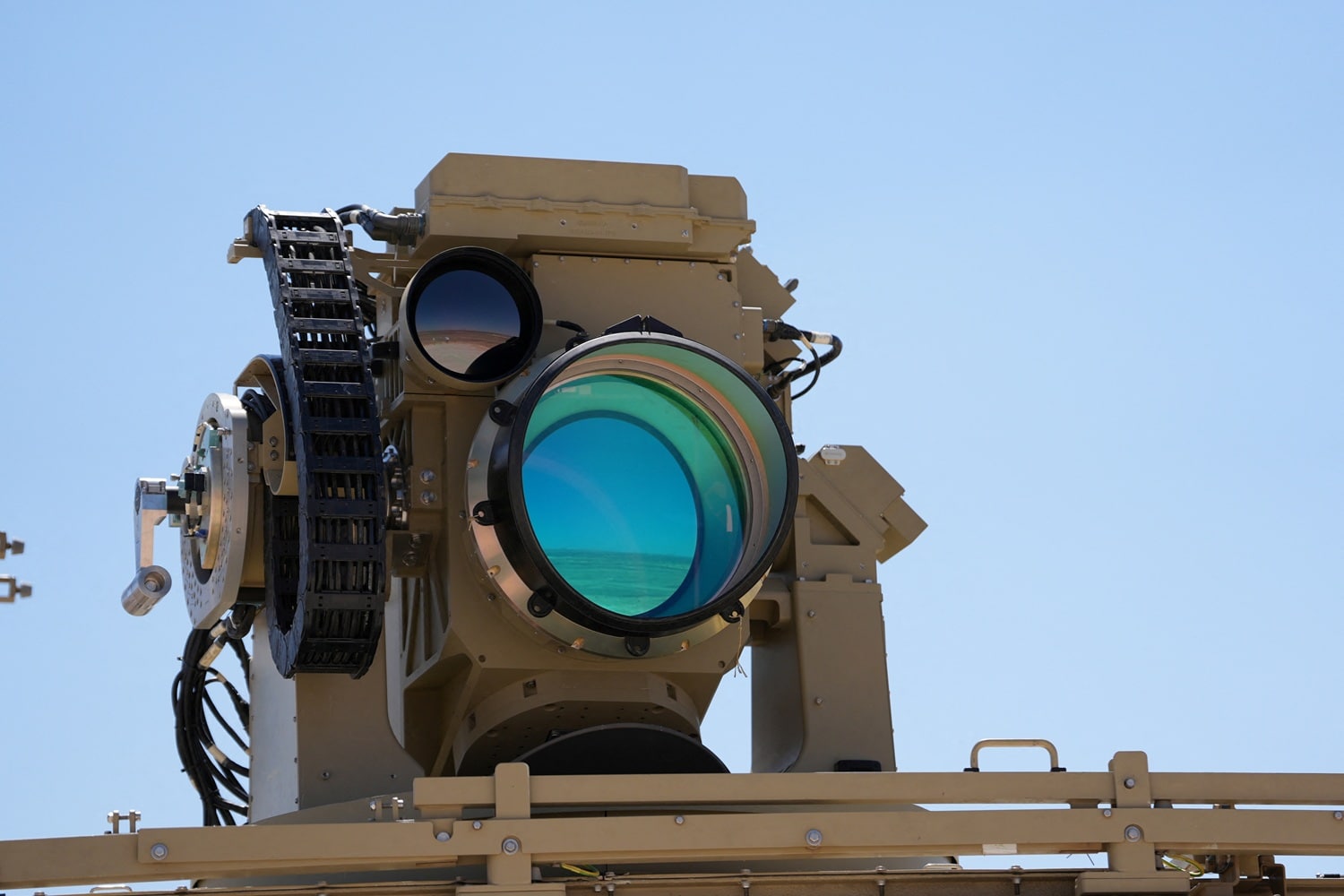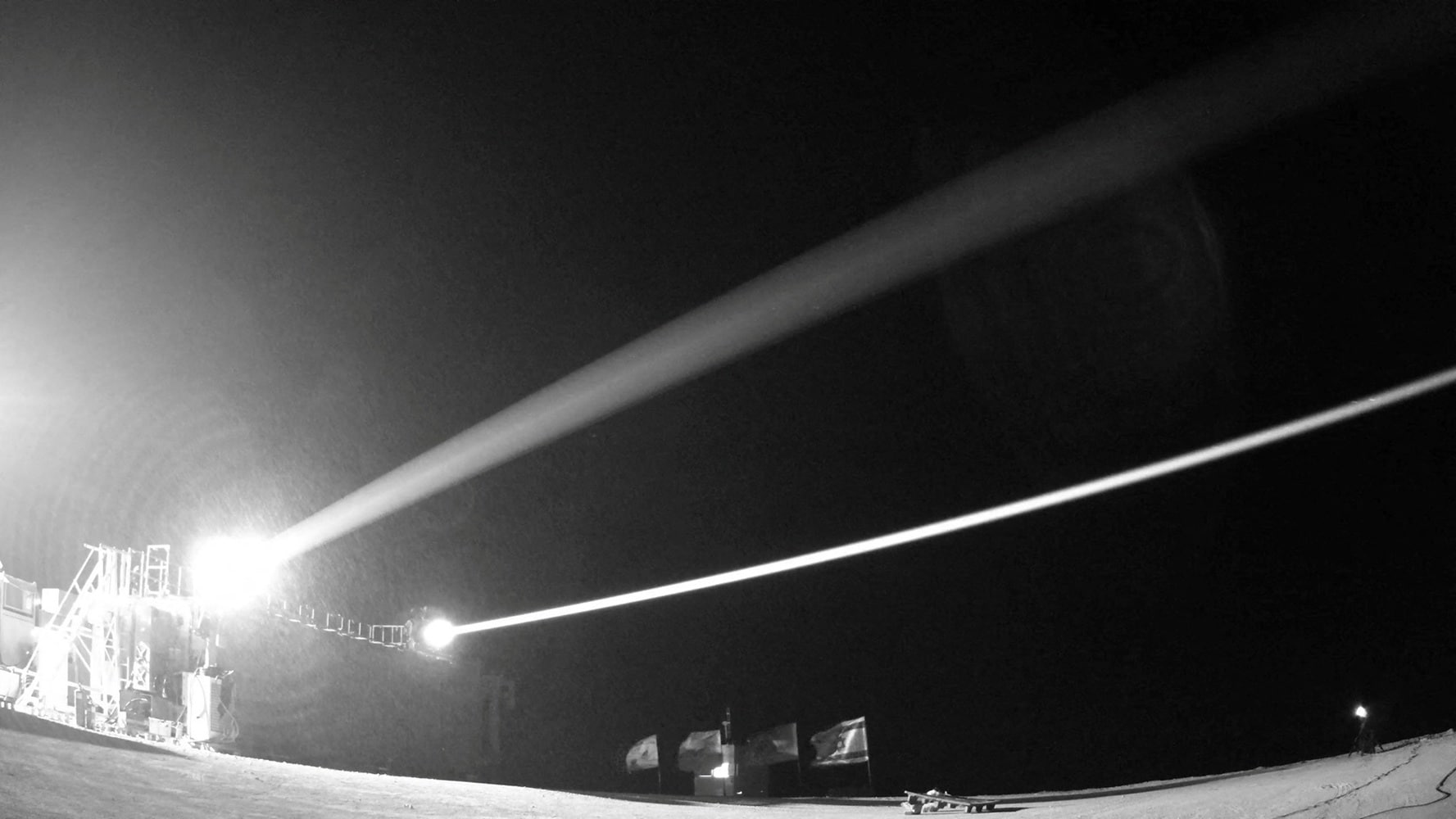Mahindra observed that the system could dramatically reduce the threat posed by drones and drone swarms as offensive weapons. His comments came in response to news that the Iron Beam 450 had successfully completed trials and was ready for delivery.
Resharing a post from Rafael Advanced Defence Systems on X, he wrote: “The Iron Beam is a reality. Amongst the many consequences of this development, one of them could be: Drones and drone swarms as attack weapons may no longer be as much of a threat as before…”
The
Iron Beam is a reality. Amongst the many consequences of this development, one of them could be: Drones and drone swarms as attack weapons may no longer be as much of a threat as before… Time to completely overhaul national defence strategies and investment plans for… https://t.co/FgiuUOJ8ip
— anand mahindra (@anandmahindra) September 18, 2025
He added, “Time to completely overhaul national defence strategies and investment plans for equipment.”
What is Iron Beam?
The Iron Beam is a relatively low-cost, high-power, laser-based defence system designed to destroy incoming rockets, unmanned aerial vehicles (UAVs), and mortars. It forms part of Israel’s multi-layered air defence network, alongside the renowned Iron Dome, David’s Sling, and Arrow systems.

A detail of the Iron Beam laser anti-missile interception system, developed by Israel. (Reuters image)
The system can intercept threats, including rockets, mortars, precision-guided munitions, short-range air defence (V-SHORAD) systems, aircraft, helicopters, and UAVs at ranges of up to 70 km.
Iron Beam 450 Completes Final Trials
Israel has announced that its long-awaited high-energy laser defence system has completed the final round of testing and will be deployed by the end of this year. Co-developed by Elbit Systems and Rafael Advanced Defence Systems, the Iron Beam 450 has demonstrated effectiveness in intercepting rockets, mortars, aircraft, and drones.
According to Reuters, existing rocket interceptors cost at least $50,000 each, whereas laser-based interceptions—typically used against smaller missiles and drones—are almost negligible in cost.

Iron Beam laser anti-missile interception system, developed by Israel, is seen in action. (Reuters image)
“Now that the Iron Beam’s performance has been proven, we anticipate a significant leap in air defence capabilities through the deployment of these long-range laser weapon systems,” Israel’s Ministry of Defence said.
The ministry confirmed that, after years of development, Iron Beam had demonstrated full operational effectiveness in intercepting rockets, mortars, aircraft, and UAVs across a wide range of scenarios during several weeks of trials in southern Israel.
The first systems will be integrated into the military’s air defences by the end of the year.
Defence Ministry Director-General Amir Baram remarked: “This is the first time in the world that a high-power laser interception system has reached full operational maturity.”
How It Works
According to CNN, the Iron Beam uses a high-power laser to superheat the target’s shell—whether its engine or warhead—until it collapses. This method differs from Israel’s traditional approach, in which radar detects an incoming threat and interceptor missiles are launched to destroy it.





/images/ppid_59c68470-image-175818005194842291.webp)



/images/ppid_a911dc6a-image-175799793413918891.webp)

/images/ppid_59c68470-image-175812754356286728.webp)


/images/ppid_59c68470-image-175800253499447628.webp)